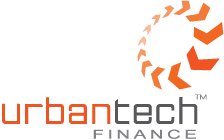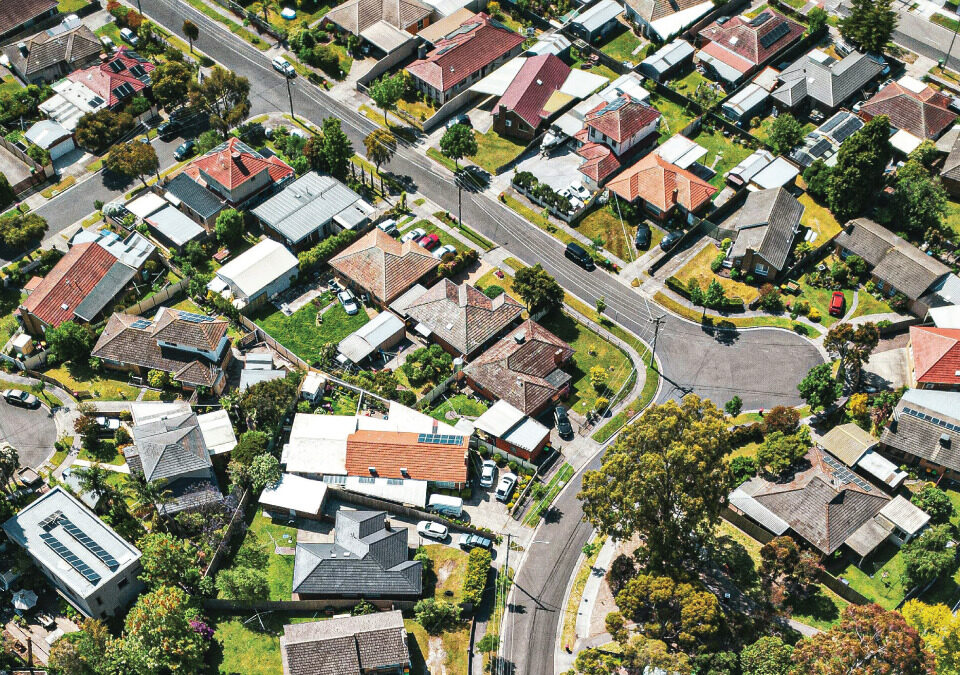- ENQUIRE ONLINE OR CALL US
- 08 8451 1500
Concerned about servicing your loans?
Instant Asset Write-Off + Coronavirus SME Guarantee Scheme…
Managing multiple loans can be difficult – and stressful. One way to simplify your financial situation and save yourself time, effort and (hopefully) money is to centralise your debt. But it’s not always the right answer, so here’s what to consider before you consolidate.
When you borrow money, the most important thing is being able to stay on top of your repayments. But there are many factors that contribute to this, such as your interest rate, how much you’re borrowing and how long for.
Consolidating your debt means combining what you owe into a single loan or a different loan type, and can be a way of knowing exactly what you need to pay and when, and reducing additional costs.
And a quick online comparison of the rates offered by the big banks across different types of loans spells out just how much you may be able to save by moving debt into a different loan type.
As an example, owner-occupier principal and interest loans of $150,000+ over 25 years currently range between 3% and 4%. Personal loans between 10% and 13%, and credit cards between 12% and 14%.
How can that work for you?
Let’s say you have two credit cards, a personal loan and a mortgage to pay off. Juggling these different loans with different fees, interest rates and payment dates can be tricky. Consolidating them into one stream – a refinanced or redrawn home loan – or a different loan type, could mean there’s just one payment date to hit, one interest charge and one set of fees.
NAB provides a handy tool that can help you consider if debt consolidation into a personal loan is right for you.
Debt can impact your mortgage application
When a lender assesses your application for a home loan, one of their first steps is to consider just how able you are to pay the loan back as required using your credit score. And your credit score factors in your existing repayments on credit cards, personal loans and other debts – including buy-now-pay-later products like Afterpay or store cards.
By reducing the amount you need to repay each month, you could be considered to be better equipped to make mortgage repayments. This doesn’t just impact whether you’ll be approved or not, your credit score will also help a lender determine just how much they’ll lend you based on what you’re able to repay and have been able to repay in the past.
Even though it might mean putting off your new home purchase for a few months, it can be a great idea to pay down as much existing debt as possible before you apply for a home loan. Or, use another available strategy to consolidate it into the one stream.
“If you already have a mortgage, you need to choose between refinancing with your current lender or applying with another lender. Deciding to consolidate debt is a great time to review your current situation and shop around for a more competitive interest rate.”
Consolidating debt into your home loan
Many lenders offer specific debt consolidation loan types, but these aren’t the only options available, especially if you already have a mortgage. The interest rate on a home loan, particularly in the current economic climate, is likely to be a lot lower than the interest rates on other types of debt.
If you already have a mortgage, you need to choose between refinancing with your current lender or applying with another lender. Deciding to consolidate debt is a great time to review your current situation and shop around for a more competitive interest rate.
Just remember, in order to refinance your existing mortgage into one that allows you to consolidate debt, you will need to have sufficient equity in your home. And the more of your existing home loan you’ve paid off, the higher your chances of being approved for a new mortgage that consolidates your debt.
If you’re a first time buyer, this can be more difficult than just taking out a home loan, but some lenders offer debt consolidation into new mortgages.
Just be aware that these have an even more stringent application process than a mortgage that doesn’t include debt consolidation – you need to have a good record of paying off your debts in the past, and may need a guarantor because you’re considered a higher-risk lender.
Is it right for me?
While consolidating your loans into one place might seem like a “magic bullet” for a complicated financial situation, there can be drawbacks.
You need to consider the upfront costs of consolidation and refinancing. Your current loan provider might charge a closing fee, especially if you have a fixed-rate loan. And your new lender may charge a set-up fee.
Also consider the fact that you may be consolidating short-term debts into a much longer term loan like a mortgage, for example.
While you may be moving debt from a high interest-rate setting to a low-rate one, you may be stretching the life of the loan, so do the sums on total repayments. After all, the majority of Australian home loans are taken out for a 25 to 30 year period.
And while it makes sense to have your debt in one place for easier management, there are circumstances where not consolidating – for example, due to the structure of your mortgage – can lead to greater flexibility and make paying things off easier.
Consolidating your finances to reduce debt can be a complicated process, so it can pay to get professional finance help before you make a decision. And if you’re interested in consolidating debt into your home loan, speak to a qualified mortgage broker today.
For more information or assistance with your finances please call us on 08 8451 1500
Cheers,
Urbantech Finance
Adelaide Mortgage Brokers + a lot more…


